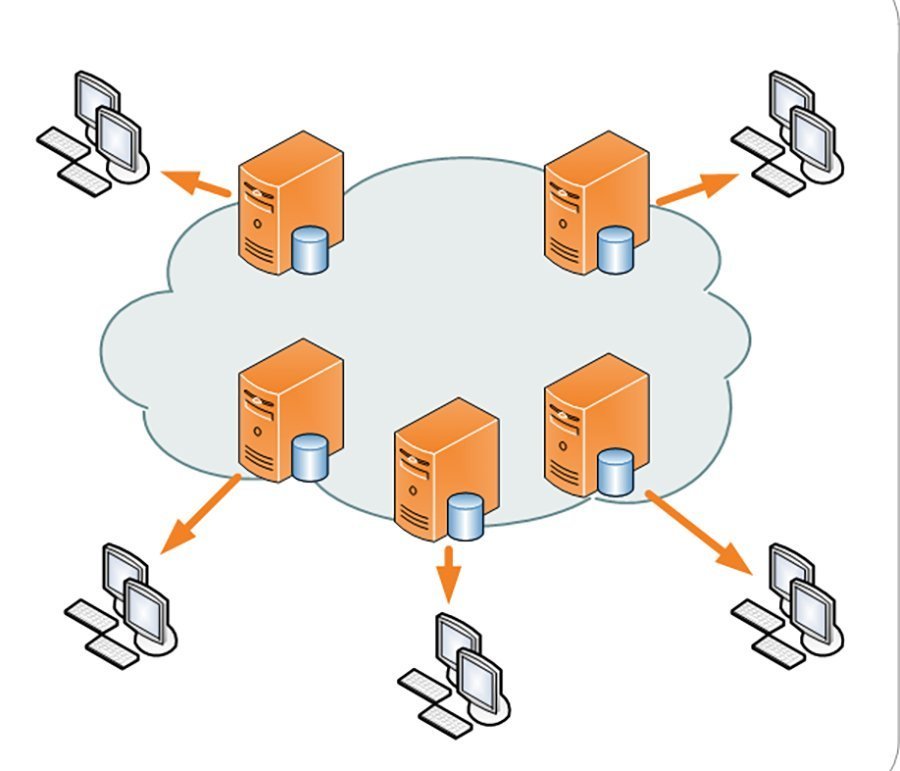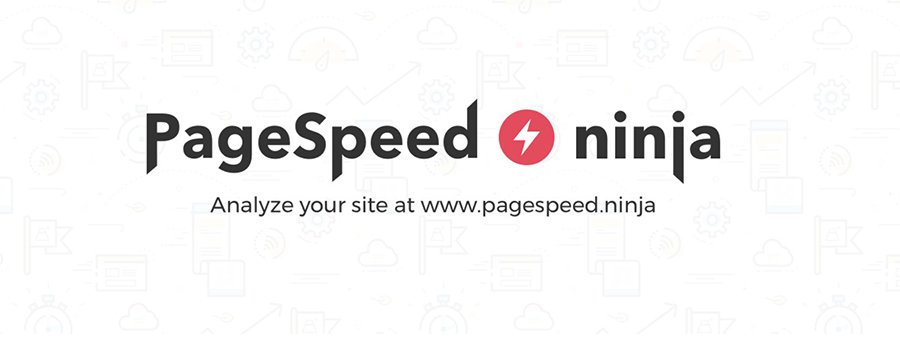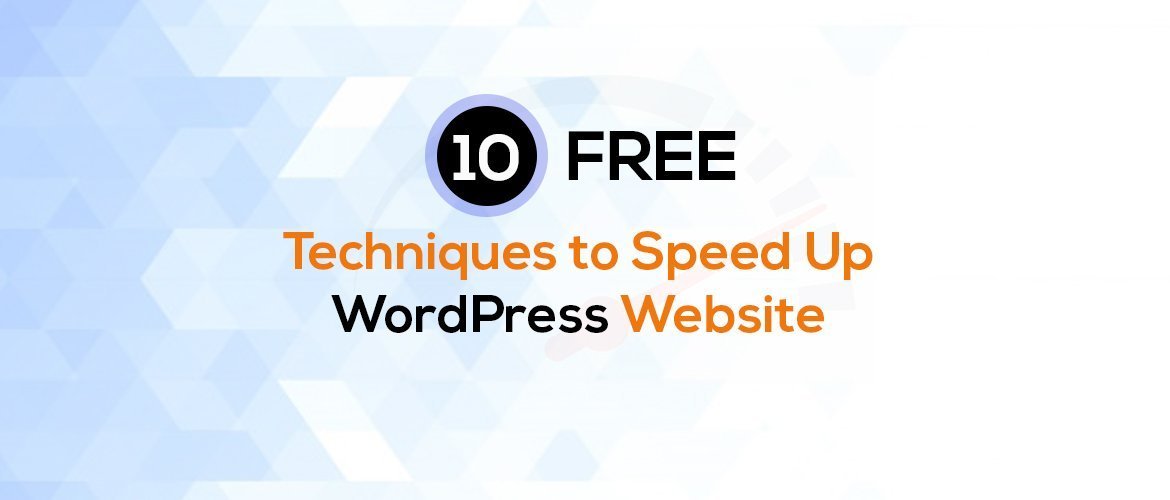10 Free Techniques To Speed Up WordPress Website
In the previous article, we have discussed Image Optimization in WordPress. In this article, we are going to discuss 10 free techniques to speed up WordPress website.
Table of Contents
Why WordPress Speed Matters?
Google does take website speed as one of the ranking factors. This means your SEO performance is affected by the loading time of your website. So, if your website loads slow then Google downranks your website. Fast loading websites are not only a good experience for users but also it will be easier for a search engine to crawl. This directly impacts the conversion rate but also reduces the bounce rate of the website. So, it is super important to make the website as fast as possible in order to rank well on the search engines.
You can check the loading speed of your website in Google’s PageSpeed Insights.
Related Article – First Contentful Paint (FCP) and First Meaningful Paint (FMP) Explained
10 Free Techniques To Speed Up WordPress Website
1. Choose Good Hosting
Investing in a reliable hosting service is an important part of your business. If you do not have reliable hosting, your website will not be available to the users at the time of the query (or maybe load slow). If your website is not available, Google can not find you, and once Google notices it, your website will not be indexed.
So, investing in reliable hosting is a key decision you need to take. We have been using the Siteground for such a long time and their service is just great. In fact, it is the top three hosting companies recommended by WordPress itself.
It has tools that make managing WordPress sites easy: one-click install, managed updates, WP-Cli, WordPress staging, and git integration. They have a very fast support team with advanced WordPress expertise available 24/7.
2. Use CDN

CDN stands for Content Delivery Network and as the name suggests, it is the delivery of the content based on the geographical location. The core concept of CDN is serving content from the nearest possible physical location in order to increase the speed of the website. When you use CDN, copies of your site are stored at multiple, geographically diverse data centers so that users have faster and more reliable access to your site.
The CDN server closest to a user is known as the “edge server”. When a user requests content from a website served through a CDN, they’re connected to the closest edge server, ensuring the best online experience possible.
3. Optimize Image
Image optimization is another important task of Search Engine Optimization. For WordPress, there are many image optimizer plugins available, among all, Smush and ShortPixel Image Optimizer is widely used plugins. These plugins do a great job after you upload images, but you have to do lots of things before you even upload the images. This helps in even better image optimization. Such as –
- Image Size – You have to optimize your image size so as to make it light. This affects the loading speed of your website. But one thing you should be careful of is while reducing the size of your image, you should also take care of its resolution. You can use different tools to reduce the image size such as tinypng.com and tinyjpg.com. These online FREE TOOLs help you to reduce the size of your image keeping its quality optimum.
- Proper Alt text – Alt text (also called “alt description”, “alt-tag”) is the written copy that appears in place of an image on a webpage if that particular image fails to load on the screen. So, putting proper alt text is important for accessibility and Image SEO. Try to put the proper image alt tag that better describes the image.
- Description of the Image – Description of your text describes the image. This is different from “alt text” because alt text is an “alternative text to the image” that will be shown on the screen when the image fails to load. But image description is the description of that particular image that is shown below the image to further describe the image.
- Choosing the Proper format – There are mainly three image formats that are in use, JPEG, PNG, and GIF. I personally do not recommend GIF unless there is a “Must Use” situation. Although PNG produces better quality images, it comes in a larger size than JPEG format. So, you have to use the JPEG image in most of the cases in order to save size and quality. However, there might be some cases where PNG produces better results than JPEG. Just balance it.
- Use Unique and High-Quality Image – Unique and High-quality images are crucial for any website. But, one important fact to understand is a high-quality image is not necessarily be of large size. We can maintain high resolution with the optimum size as well. So, optimize images before uploading them to the website.
4. Use Cache Plugin

Installing a cache plugin is another important SEO setting for the WordPress website. A cache plugin generates static HTML pages of your website and saves it on your server. Each time a user tries to access your website, your caching plugin serves up the lighter HTML page instead of processing the heavy WordPress PHP scripts. This allows the caching plugin to improve your page loading time.
Tips
- The top 3 cache plugins are WP Rocket, WP Super Cache, W3 Total Cache
- Follow full documentation of the cache setup
Cache plugins like W3 Total Cache improve the SEO and user experience of your site by increasing website performance, reducing load times via features like content delivery network (CDN) integration and the latest best practices.
5. Lightweight Theme
WordPress theme quality is another important factor for the speed of the website. So, while choosing the WordPress themes, you should make sure that you pick up a lightweight theme. Some themes are so heavy that it takes time to load the content.
There are thousands of WordPress themes available, but the one with the high-speed, well-coded, responsive theme is what we need to install. Fast loading and a responsive theme are best for both search engines and users.
Tips
- Choose a theme that is not only appealing visually but also fast and responsive
- Keep checking Google Search Console if anything is wrong with the theme code and get support from developers
A badly coded theme definitely harms your whole website. Because the theme is the backbone of your website, you need to pick up a trusted theme from a trusted developer. There are lots of free themes available in the market, but the thing is they have been designed and developed for different niches. Its speed, structure, and responsiveness affect the SEO of your website. So, the theme is the first thing you should consider for better SEO. Acme Themes offers a wide range of Free and Premium Themes loved by thousands of users.
What do you need to know about the theme?
- Choose the theme from the trusted developers
- The theme should be lightweight
- The theme should be SEO friendly
- Support from developer
- Use the premium theme as much as possible for better support and features
6. Remove Unnecessary Plugins
As is well known, WordPress is a plugin-rich platform. There are thousands of plugin developers who have developed various plugins for different purposes. But installing random and unnecessary plugins adds an extra burden to the website. Broken and unauthorized plugins degrade the speed of the website and, ultimately, it create a negative impact on ranking. So, use only needed and trusted plugins on your WordPress website.
Tips
- Carefully look at the rating and last update date of the plugin
- Do not forget to check the compatibility
- Install only essential plugins and delete the rest of the plugins
7. Use GZIP Compression

You can use GZIP compression that dramatically reduces the bandwidth usage and the time access time. GZIP compression compresses the files so that when a user makes a request, their browser will first have to unzip the website. A plugin like PageSpeed Ninja helps you to enable GZIP compression. You can make your site load faster on desktop and mobile, fixing Google PageSpeed Insights issues with one click.
8. Don’t Upload Audio/Video Files Directly to WordPress
WordPress allows you to directly upload video or an audio file. These files take lots of bandwidth when users make requests. So, instead of directly uploading the video to your website, you can use different audio and video hosting platforms. For audio, you can use SoundCloud.com, and for video, you can use Youtube.com and Vimeo.com.
WordPress comes with a great feature called auto-embeds that allows your website to automatically get the embed code from YouTube or Vimeo. You just need to copy the link to the video and paste it into the relevant place. This way, you can save your bandwidth and speed up the loading time of your website.
9. Minify CSS &JS
When you check your website loading speed from tools like Pingdom or Google PageSpeed Insights, you get a report that says to minify Javascript and CSS files. That means you need to reduce the JS and CSS calls to reduce the server response time.
By optimizing your code (including removing spaces, commas, and other unnecessary characters), you can dramatically increase your page speed. Also, remove code comments, formatting, and unused code. This will eventually help you save bandwidth usage.
10. Cleanup WordPress Database
Cleaning up the WordPress database is the process of deleting unwanted data from your database, which will keep its size to a minimum and also help in reducing the size of your backups. It is also necessary to delete spam comments, fake users, old drafts of your content, and maybe even unwanted plugins as well as themes. All of this will reduce the size of your databases and web files, and thus speed up WordPress – your WordPress.
Other SEO Articles:
✅7 Techniques to Bulletproof Your WordPress Website
✅What is Duplicate Content? How to Avoid it?
If you liked this article, then consider following us on Twitter and Facebook and LinkedIn.

I am searching on google how to speed up WordPress website and I find your post. Hopefully, now we can speed up WordPress website easily. Thank you!